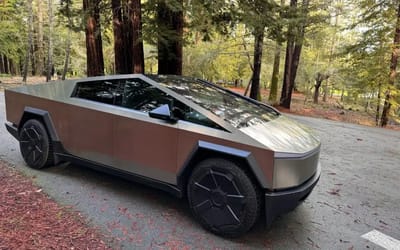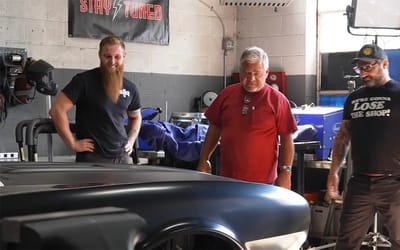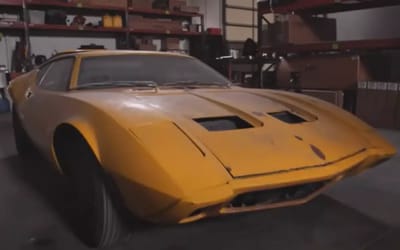NASA humanoid robot, Valkyrie, making steps towards humans living on the moon and Mars
- NASA has created a humanoid robot for space exploration
- Valkyrie can be controlled remotely
- You can see the bot in action below
Published on Sep 19, 2024 at 8:00 AM (UTC+4)
by Claire Reid
Last updated on Sep 20, 2024 at 2:13 PM (UTC+4)
Edited by
Tom Wood
NASA has created a super-advanced humanoid robot that will be used to help humans create a ‘long term presence’ on the moon and Mars.
Valkyrie – or Val, for short – is one of the most advanced robots in the world.
The robot can be controlled via a virtual reality headset, meaning that it can be operated remotely.
At 1.8 meters tall and 120kg, NASA hopes Valkyrie will be able to explore space territories that are too dangerous for humans.
DISCOVER SBX CARS: The global premium car auction platform powered by Supercar Blondie
Valkyrie is an extremely advanced humanoid robot
Once a science-fiction fantasy, humanoid robots are advancing at an incredible pace.
In recent months we’ve seen Tesla deploy its Optimus bots in its plants, watched the ‘world’s most advanced robot’ do an uncanny impression of Elon Musk, and saw the testing phase of a new AI home helper bot that’s keen to give its owner a hug.
So it should come as no surprise that the US space agency has been working away on its own humanoid robots – that could have some groundbreaking uses in the future.
In total, NASA has created five Valkyrie bots – one of which is currently being put through its paces at a lab in Australia’s Woodside Energy facility.
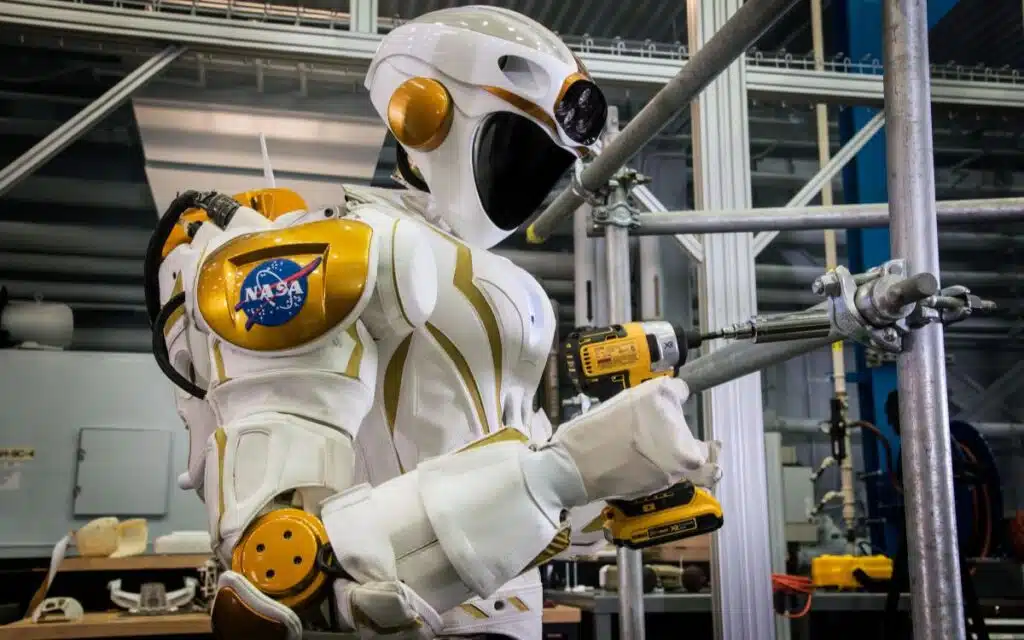
While there, Valkyrie will be learning work in ‘dirty and hazardous conditions, like those found on the moon’ and the ‘habitats that will be established as part of future Artemis missions’.
The robot boast truly impressive dexterity and can perform complex manipulation with its human-like arms and legs.
“That is unique with Val,” Woodside Energy’s Gabrielle Pennock told New Scientist.
“And I think she’s probably the most complex – the digital integration of her systems, the sensor technology, that level of complexity. I don’t think we really see that in any of our other robotic platforms.”
NASA says it will be used to build a long-term presence on the moon
A bold statement – but NASA needs Valkyrie to be bold.
Earlier this year, the space agency gave more details about its plans for the bot and how it could help humans settle on Mars.
“Remotely operated robots on the lunar and Martian surface could enable Earth-based operators to conduct important activities, even when astronauts are not physically present,” NASA said.
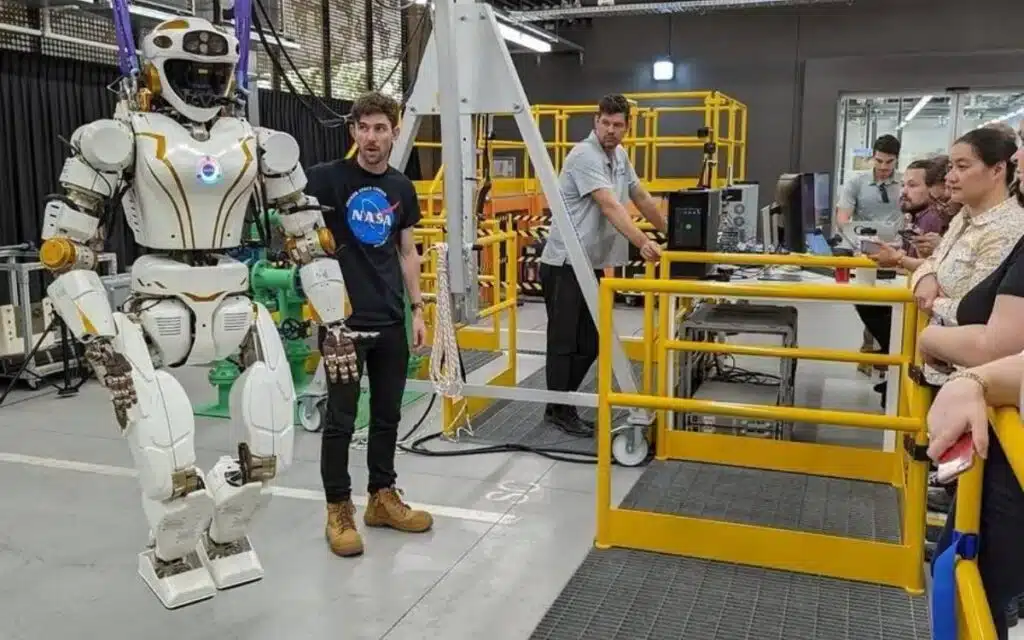
In short, the robots could be vital tools when it comes to space exploration, allowing humans to work in potentially dangerous or hazardous environments while remaining safely back on Earth.
NASA says the robots could also help humans build a ‘long-term presence on the lunar surface and one day on other planets like Mars’.
The robots will be capable of inspecting and maintaining the infrastructure and plants that can be used to harness the sort of resources that will allow astronauts to live off the land.
Pretty exciting stuff, isn’t it?

Claire Reid
Claire Reid is a journalist who hails from the UK but is now living in New Zealand. She began her career after graduating with a degree in Journalism from Liverpool John Moore’s University and has more than a decade of experience, writing for both local newspapers and national news sites. Across her career she's covered a wide variety of topics, including celebrity, cryptocurrency, politics, true crime and just about everything in between.


